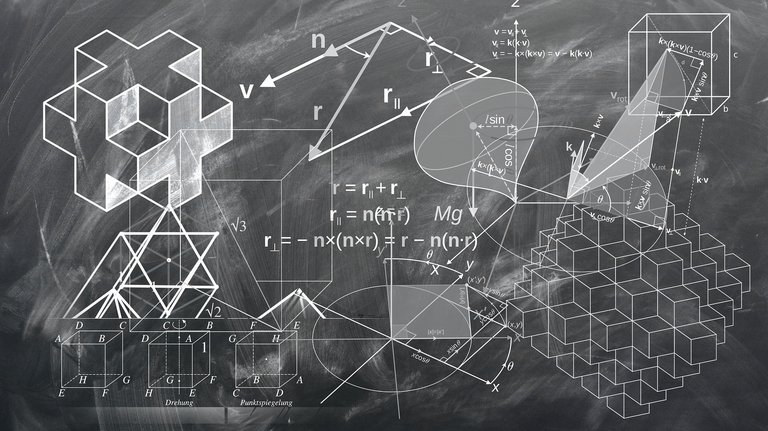Prof. Thomas Hotz, head of the Group of Probability Theory and Mathematical Statistics at the TU Ilmenau, has made an international name for himself through his research on the reproduction number R in the Corona pandemic. In this interview, he explains why dealing with data is relevant in all fields today. He also provides insights into exciting stages of his work and research activities as a mathematician and statistician, including at the United Nations in New York and the Federal Criminal Police Office.

Hello Professor Hotz, what excites you about your subject?
On the one hand, I am a mathematician. Mathematics is a subject that is all about logical thinking, where you can do a bit of fiddling and be happy when you have found the solution to a difficult problem. But I also feel like a statistician. I think, especially in today's world, data plays an important role. Not only in science, but everywhere we are bombarded with it. Evaluating this data correctly and understanding what's behind it is a lot of fun for me.
Statistics is a topic that plays an important role in many disciplines. How does it come into play in the Corona pandemic?
In the pandemic, we're trying to compile statistics and estimate metrics such as reproduction numbers - and we're doing that at the regional level as well. One hurdle is that case numbers are low in the meantime. We want to make accurate statements about whether the pandemic is currently spreading more strongly or less strongly. In doing so, we are dealing with fluctuations that increase due to random effects. On the basis of these figures, it must then be possible to determine, for example in small counties such as Ilm-Kreis, what measures need to be taken.
How do you calculate a realistic R-number despite low case numbers?
On the one hand, we look at the dynamics of other counties. This allows us to draw conclusions to a certain extent. Of course, this requires certain assumptions that we have to make in order to compare the circles. On the other hand, we include the dynamics over time. We assume that the dynamics do not change completely every week. In addition, we draw on research on more complex data sets.
You have done a lot of research related to medicine during your scientific career.
Yes, I already helped with statistical data analysis in the therapy of fibromyalgia patients as an assistant during my studies. The patients kept a pain diary and wrote down how they felt every week. Even then, I found the question of how mathematics can be brought into other fields exciting. And medicine is, of course, a subject where you can see directly whether it makes a difference.
You later worked as a medical statistician.
After my studies, I moved to England, where I mainly advised physicians on how to carry out their statistics. There I was able to determine for myself, "Has my study of mathematics been of any use?". The answer was clearly yes. And statistics then also always offers me the opportunity to look into completely different areas. I've worked in medicine, engineering and the natural sciences, and I'm currently cooperating with partners in the field of forestry. I find that quite exciting, because you don't always just do research in your own field.
You also worked at the UN in New York. What were your tasks there?
In New York, I was an official statistician. There I worked on a database that integrated data from different sources into one system. That was a job that, in principle, a computer scientist could have done. That was ultimately the reason why I left again.
What happened to you before you came to Ilmenau?
From New York, I went back to Göttingen, back to research. I did my doctorate on fingerprint analysis, which led me to cooperate with the Federal Criminal Police Office. I worked with chemists and physicists. One focus was nanoscopy, which allows you to observe cells on a completely different scale than you could before. I worked with the group of Stefan Hell, who won a Nobel Prize in the field. Here, the main goal was to calculate the image motion that occurs at the nanometer level due to the smallest vibrations.
In your job, you are constantly coming into contact with new subject areas. How do you acquire the knowledge?
With a statistician, it's like the work comes to him. I now know a bit about medical statistics and epidemiology. But I have little idea about biochemistry or biophysics. If someone has a statistical problem, he comes to me and explains it. We also have a statistical consulting office in the department. Staff members from all faculties come to me there with their statistical problems. As a mathematician, I do not interfere with the disciplines. I can't even judge what interesting questions are in physics, for example.
Interview: Jannik Packenius
Contact
Prof. Thomas Hotz
Head of the Group for Probability Theory and Mathematical Statistics


